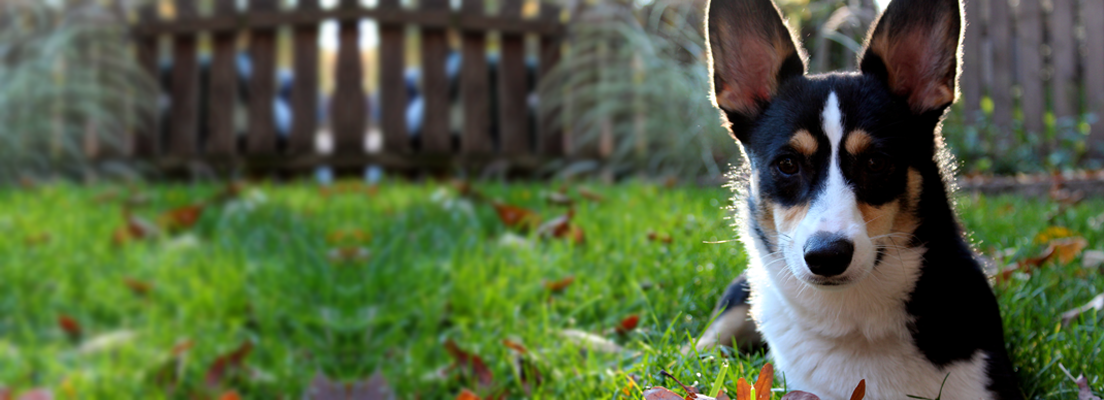|
Indoor Urine Spraying Of Cats
Urine spraying is part of the cat's normal scent-marking behaviour which includes scratching, rubbing and chinning objects and areas. Cats often use these scent markers to mark their hunting territory, and avoiding direct conflict with other neighbouring cats. In the case of female cats in heat their spraying is used to attract males for breeding.
Cats usually spray when they are upset, frustrated or feel challenged. Spraying increases the cat's own sense of security by surrounding itself with scents and signals of its own occupancy in its territory. The more anxious the cat, the more it feels the need for frontier odous and hence the more it will spray.
Why do Cats Spray Inside?
Most desexed cats feel relaxed inside their own home and do not need to mark their territory by spraying and scratching. In fact, they identify their territory by rubbing scent from their own body on walls, floor and furniture. When spraying occurs, the most common sites are rear entrances to the house or room, curtains and new items introduced to the house (e.g. furniture). Identifying the cause of spraying may be difficult, but helping to find and understand the motivation for the behaviour helps the owner work towards a cure.
Some of the common motivating factors are:
(i) Changes in the home environment such as renovations taking place, new furniture or carpet being installed.
(ii) Arrival of a new cat, dog or person (e.g. baby), or a death in the family or to a fellow animal.
(iii) Installation of cat flaps which can make a cat feel insecure indoors.
(iv) Attention seeking behaviour.
(v) Cats are left at home alone in the care of neighbours when the family goes away on holidays. In such cases the cat will mark the floor, chairs and bed covers because of anxiety. The cats may get relief when they associate their own smell with that of their owners.
How to Treat the Problem?
It is vital to discover which situations cause the problems as treatment normally depends on defining the 'anxiety induced' trigger for the behaviour. The questions one should ask are:
(i) When did the problem first begin?
(ii) Which people or other animals are normally present in the house? What are they doing before, during and after the problem occurs? What are the attitude of all the family to the cat?
(iii) Do any of the cats in the house have other behavioural problems? Is the cat concerned on any medication?
(iv) Where is the cat spraying? Are their any rival cats outside?
(v) What is the cat's daily routine?
(vi) What methods have already been tried to solve the problem? How are the marks cleared?
It is unlikely that spraying will be effectively resolved with drugs without determining the cause of the problem and employing management changes and behavioural modifications. Drugs may be used in some cases to alter a cat's mood to enable it to learn new forms of behaviour. The drugs must be withdrawn once this has been achieved.
The main aim of treatment is to reduce the perceived threat to the cat and make it feel more secure in its home territory. This lowers its levels of arousal and curtails the need to scent mark. Where there are identifiable sources of stress they should be removed (e.g. stray cats, blocking the cat flap). However in many cases there may be no single obvious threat and the cat's behaviour can be the result of the cumulative of several influences. If the sources of stress cannot be identified or removed the cat should be provided with an area in the house to which it can safely retreat or be placed to relax without fear of disturbance. Carefully introduce friendly routines of handling, feeding and playing will help to provide reassurance as long as such contact does not further alarm the cat.
Cats should never be punished for spraying as this is likely to raise the cat's level of anxiety and arousal. Marked areas should be thoroughly cleared as spraying can be triggered by the smell of previous marks. Place food or a bed at the base of spraying sites. This can be helpful as cats are extremely reluctant to mark their own key resources, and they find food and beds reassuring which can also help to reduce anxiety.
| 
